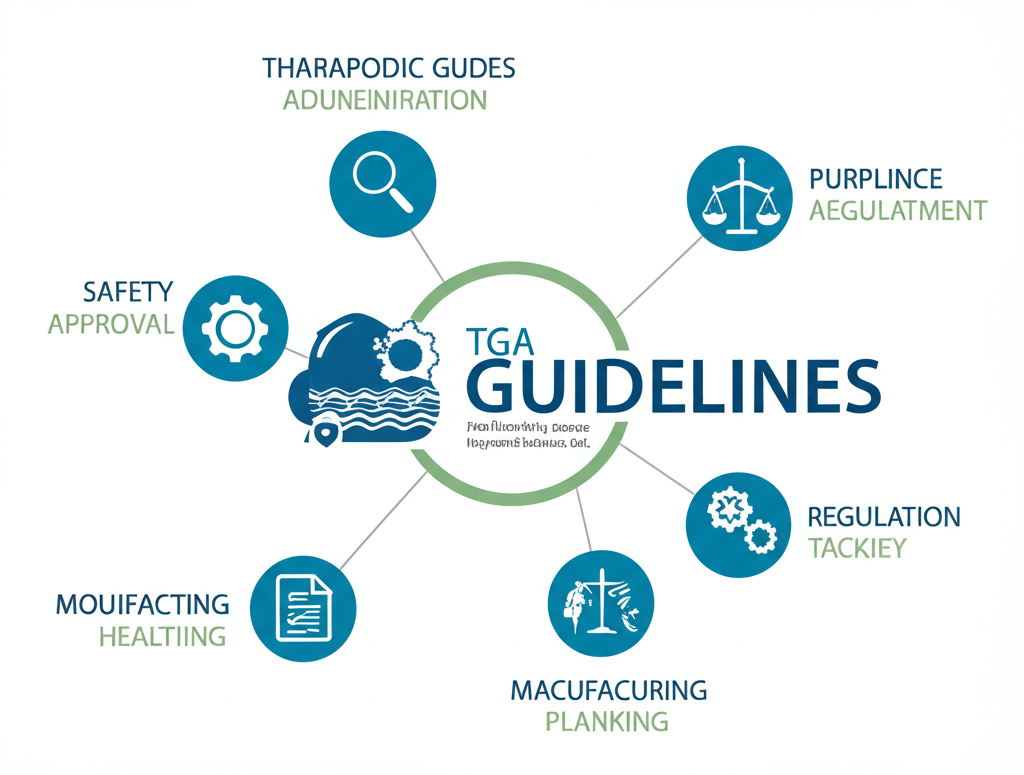EMA's New Pharmacovigilance Requirements: What You Need to Know

The European Medicines Agency (EMA) has recently implemented significant updates to its pharmacovigilance requirements, introducing new obligations for marketing authorization holders (MAHs) operating in the European Union.
These changes aim to enhance patient safety through more robust adverse event monitoring and reporting systems, while also streamlining certain processes to reduce unnecessary regulatory burden.
Key Changes to Pharmacovigilance Requirements
The updated EMA pharmacovigilance requirements include several important changes:
1. Enhanced Signal Detection: More stringent requirements for systematic monitoring and analysis of potential safety signals.
2. Risk Management Plan Updates: New format and content requirements for Risk Management Plans (RMPs).
3. Periodic Safety Update Reports (PSURs): Revised submission schedules and content requirements for PSURs.
4. Electronic Reporting: Expanded requirements for electronic submission of safety data.
Implementation Timeline and Compliance Strategies
Companies have a phased timeline to implement these new requirements, with full compliance expected by Q4 2023. To ensure compliance, pharmaceutical companies should:
1. Conduct a comprehensive gap analysis of current pharmacovigilance systems against the new requirements.
2. Update standard operating procedures (SOPs) to reflect the new requirements.
3. Provide training to pharmacovigilance staff on the updated requirements and procedures.
4. Enhance IT systems to support the new electronic reporting requirements.
How Burwood Biotech Can Support Your Compliance Efforts
Our pharmacovigilance experts at Burwood Biotech can help you navigate these new requirements through:
1. Comprehensive Gap Analysis: We can assess your current pharmacovigilance systems against the new EMA requirements.
2. Customized Implementation Plans: We develop tailored strategies to address identified gaps and ensure compliance.
3. SOP Development and Training: We can update your SOPs and provide training to your staff.
4. Ongoing Support: We offer continuous support to ensure your pharmacovigilance systems remain compliant as requirements evolve.


